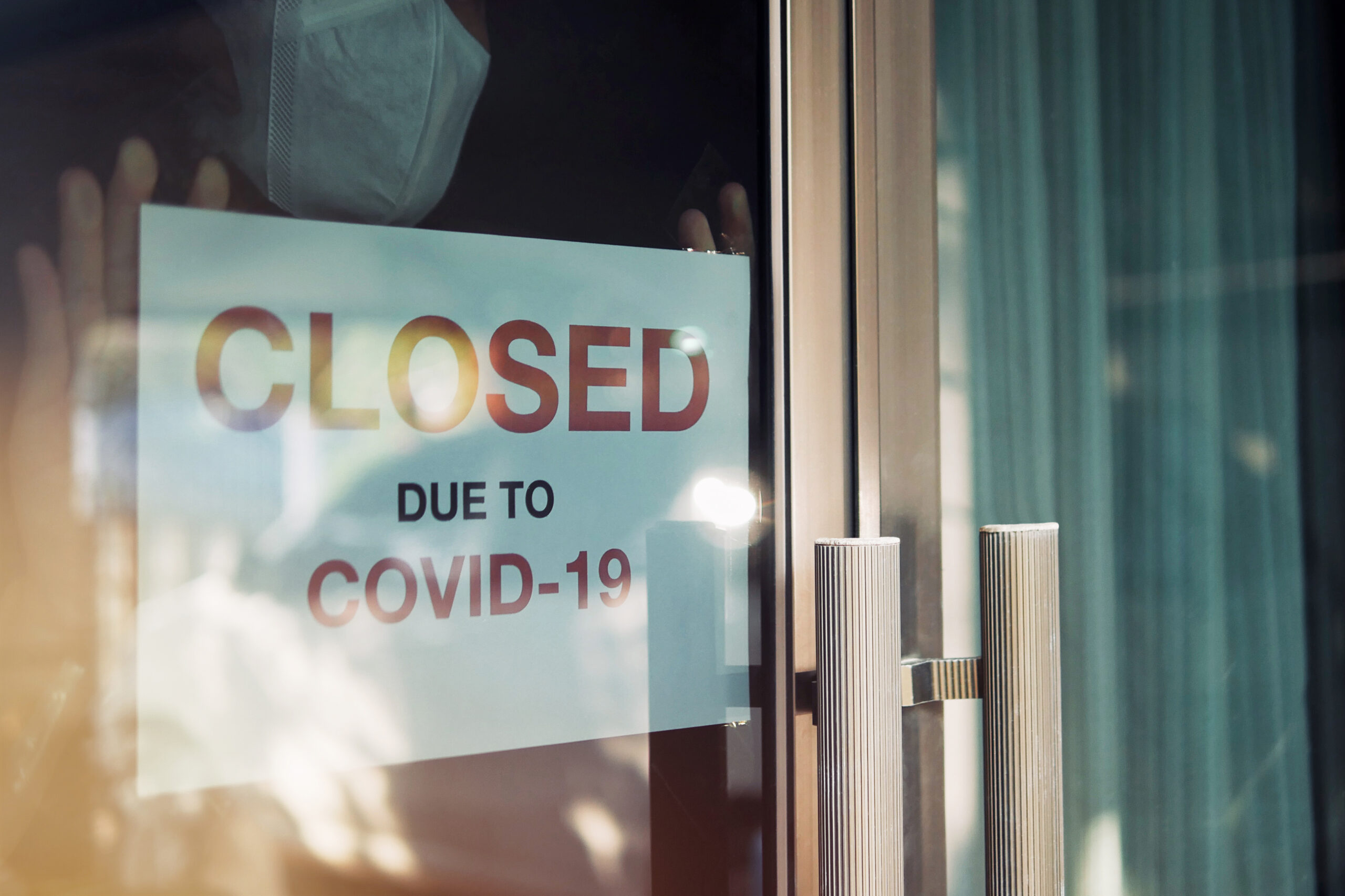We believe that economic justice begins with fair compensation for all women, and we build evidence to support equal pay policies, livable
minimum wages, unions and labor rights, and better of job quality for women and their families.
State-by-State Earnings for American Indian and Alaska Native Women: Wage Gaps Across the States
American Indian and Alaska Native (AIAN) women have made important advances socially, economically, and politically—they are starting their own businesses, getting elected to congress, and serving essential roles in their families and communities. Despite their efforts, they continue to face a range of obstacles to their and their family’s economic wellbeing and overall economic security.











